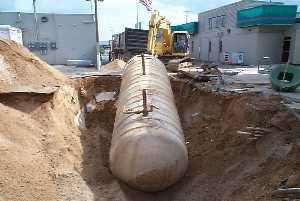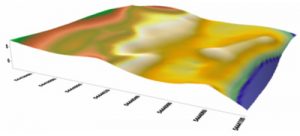Planning
Environmental Service & Design Pty Ltd provides a range of planning services. These include:
Statutory Planning
- preparation of development proposals and applications
- coordination of additional expert requirements
- preparation of applications for change of use, new uses and developments, and changes to existing developments
Planning advice
- pre-application advice and assistance
- problem solving and Council liaison
- community consultation and stakeholder management
Planning Scheme amendments
- preparation and coordination of rezoning submissions from initial Council liaison through to Resource Planning and Development Commission approval
Subdivision development and facilitation
- coordination of requirements
- liaison with Council and preparation of application for planning approval
Development plans
- preparation of outline development plans for future development of site, including coordination of expert inputs
- land use activity assessment and review



